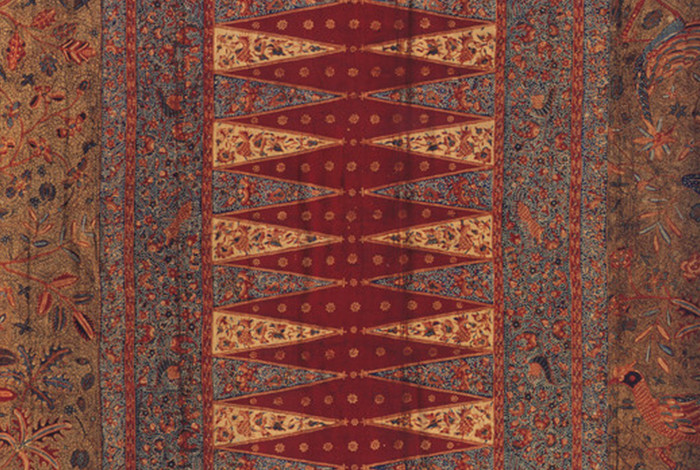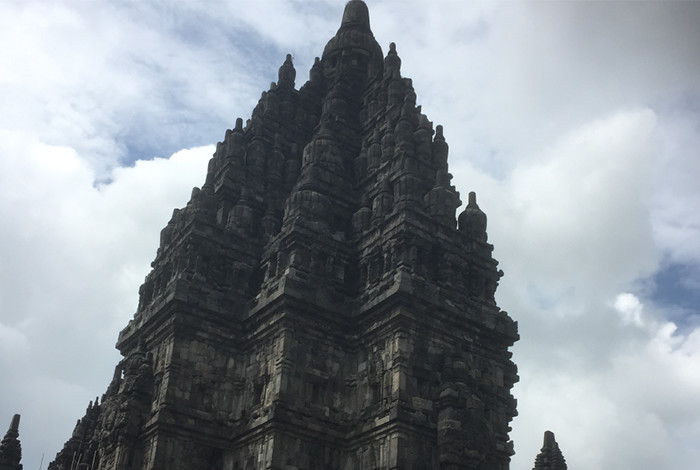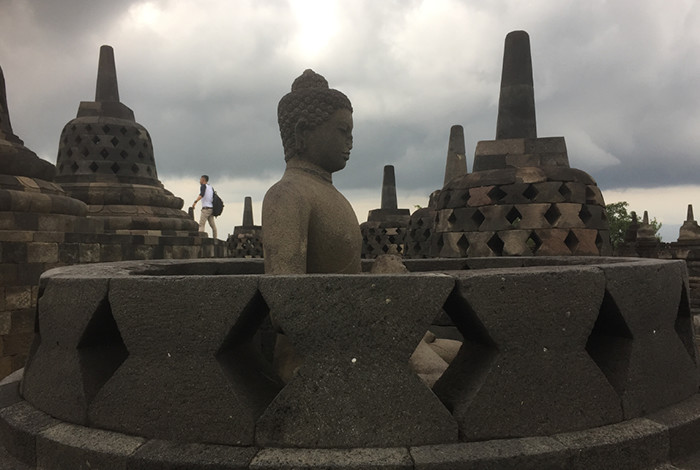Research Projects
Field of Co-creation
Research and Development on the Digital Museum of Asian Historical Cultural Heritage Based on Big Data Acquired by Scanning Real Objects

Project Leader
College of Information Science and Engineering
Professor Satoshi Tanaka
The digital archiving of Asian history and heritage using world-first technology
This project will digitally archive the historic structures of Asia, beginning with the World Heritage Sites “Borobudur Temple” and “Prambanan Temple Compounds” in Indonesia, with the aim of making them public on the "Digital Museum of Asian Historical Cultural Heritage" in a VR space. Among the historical structures extant in Asia, there are many buried underground, or destroyed by war etc., such that their original architecture cannot be seen. The project leader Satoshi Tanaka (Professor of the College of Information Science and Engineering) has developed the first technologies in the world that can accurately measure physical items with the latest 3D measuring technologies such as drones, laser measuring devices and high resolution cameras to create precise perspective visualizations of 3D shapes using the Big Data obtained. As well as the ability to preserve valuable cultural assets thanks to this 3D perspective visualization technology, diverse uses will become possible, such as for academic research and Web-based publication of cultural heritages.
This project will create perspective visualizations of the Borobudur Temple and Prambanan Temple Compounds in ultra high resolution. The external form of the temple compounds, and the reliefs on the remains of the walls will be precisely measured, and 3D point cloud data will be obtained. In addition, data reconstructing parts of murals now buried inside the stone walls will be synthesized, and photographic images of the background will be assimilated. This will create a high-definition 3D image, which allows the viewer to see through the structure from the outside in, to the parts of murals currently buried and inaccessible for viewing, and the background scenery. This technology differs from ordinary computer graphics; as well as creating accurate and precise 3D visualizations based on actual measurements, it has the merits of being able to visualize that which the human eye cannot see, such as emphasizing the features of reliefs that have deteriorated over time. When this research is being undertaken, it will advance jointly through ties with the government-controlled Indonesian Institute of Sciences and local departments for the preservation of historic remains, communicating know-how such as data measuring technology, archivization, and construction of the database.
In addition to buildings, dyed designs for textiles and fabrics such as the traditional Indonesian batik fabric known as "Java Chintz," and traditional Japanese kimono pattern paper, as well as African patterns that were influenced by Asian dyeing, will also be photographed using a high resolution camera, and digitally archived. Finally, all results will be integrated, with the aim of completing a digital museum in a VR space.


